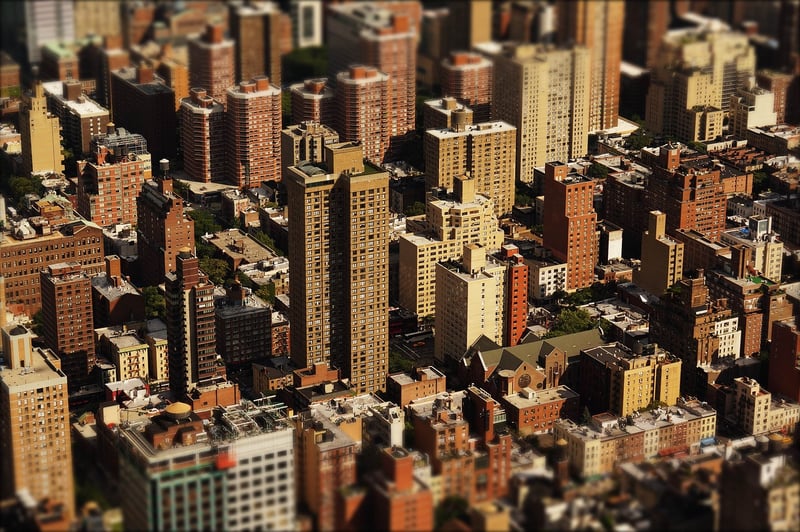High-rise Agriculture
Revolutionizing Agriculture in Cities with High-rise Farming

In recent years, the concept of high-rise agriculture has gained significant attention as a solution to urban food production challenges. With the world's population rapidly urbanizing, innovative farming techniques are essential to ensure food security and sustainability. High-rise agriculture, also known as vertical farming, involves cultivating crops in vertically stacked layers, utilizing limited space efficiently.
The Benefits of High-rise Agriculture:
- Space Utilization: High-rise farms maximize land use by growing crops vertically, allowing for more produce in a smaller footprint.
- Resource Efficiency: Vertical farms use less water and pesticides while optimizing light and nutrients, reducing environmental impact.
- Year-round Production: Controlled indoor environments enable crops to grow consistently throughout the year, independent of seasonal changes.
- Local Food Production: High-rise farms can be integrated into urban areas, reducing transportation costs and carbon emissions associated with food distribution.
Technologies Driving High-rise Agriculture:
Several innovative technologies have propelled high-rise agriculture into a viable solution for urban food production:
- Hydroponics: Soil-less cultivation method that delivers nutrients directly to plant roots, promoting faster growth and higher yields.
- Aeroponics: Growing plants in an air/mist environment, using minimal water and nutrients to produce healthy crops.
- LED Lighting: Energy-efficient LED lights mimic sunlight, providing optimal conditions for plant growth in indoor settings.
- Automated Systems: Robotics and IoT technologies automate tasks like watering, monitoring, and adjusting growing conditions for maximum efficiency.
The Future of Urban Agriculture:
As cities continue to expand, high-rise agriculture offers a sustainable solution to meet the growing demand for fresh, locally sourced produce. By integrating vertical farms into urban landscapes, communities can reduce food miles, promote self-sufficiency, and create green spaces in concrete jungles.
Embracing high-rise agriculture not only addresses food security challenges but also contributes to environmental conservation and resilience in the face of climate change. The future of agriculture is reaching new heights, quite literally, as we build a greener and more sustainable urban environment through innovative farming practices.
Join the revolution and explore the endless possibilities of high-rise agriculture in transforming our cities into vibrant hubs of sustainable food production.
